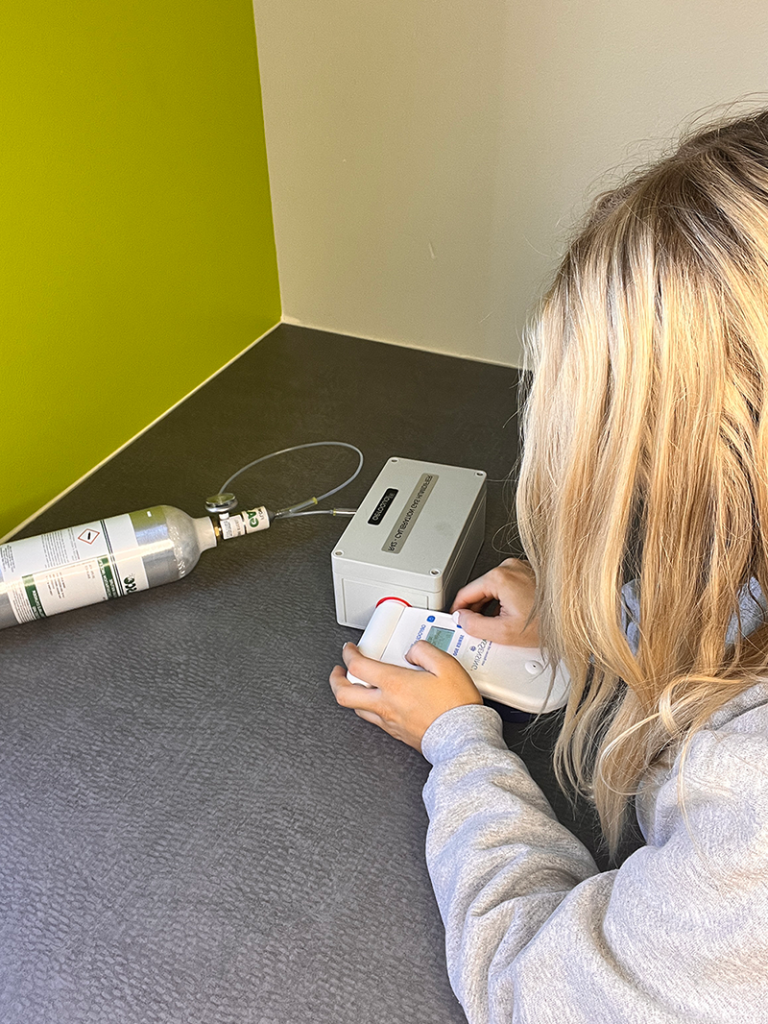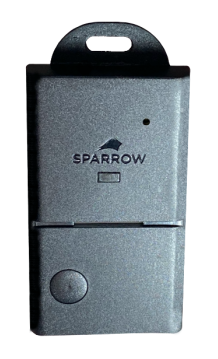In the realm of gas sensors, precision is paramount. To guarantee that your gas measurements remain accurate and meet the manufacturer’s standards, regular calibration is essential. In this blog post, we will delve into the significance of calibration services and how they play a crucial role in maintaining the accuracy of your gas sensors.
The Importance of Calibration
Imagine a world where one pound isn’t exactly one pound, and one meter isn’t precisely one meter. Fortunately, organizations like the National Institute of Standards and Technology (NIST) exist to ensure that measurements are consistent and reliable. Calibration is the process by which gas sensor measurements are verified against NIST traceable standards, assuring their accuracy.
Calibration Frequency
The frequency of calibration depends on the type of sensor and its intended purpose. While most ozone sensor manufacturers recommend annual calibration, it’s essential to tailor your calibration schedule to your specific needs. Here are some general guidelines:
- Bump Test (Monthly): A monthly bump test is recommended to ensure that the sensor responds to gas exposure. This quick check is valuable for safety-critical applications.
- Field or Factory Calibration (Every 6 Months): Calibration in the field or at the factory should be performed every six months. This more comprehensive calibration ensures that your sensor remains accurate over time.
- Factory Calibration or Sensor Replacement (Every 12 Months): To maintain long-term accuracy, consider a factory calibration or sensor replacement every 12 months.
Common Sensors That Require Calibration
While many gas sensors benefit from regular calibration, some of the most commonly calibrated sensors include:
- Ozone Sensors
- Gas Monitors
- Particulate Matter (PM) Sensors
- GENie Ozone Calibration Sources
- ATI Sensors
Calibration Costs
The costs associated with calibration can vary based on the type of sensor and the specific services required. Here’s a rough estimate:
- Calibration Fee: $150
- Analyzer Calibration Fee: $300
- PM Calibration Sensor Fee: $330
- GENie Calibration Fee: $265
- ATI Calibration Fee: $205
Please note that these prices are subject to change based on labor and parts required.
The RMA Process
To initiate calibration services, you can fill out our Calibration Service Request Form. Once completed, email it to sales@gas-sensing.com to obtain an RMA (Return Merchandise Authorization) number. Print the form, include essential information such as the serial number and any sensor issues, and mail your items to us. After evaluating and calibrating your sensor, we will contact you for payment. Please be aware that sensors failing calibration will not be returned due to liability concerns.
NIST Traceability: Ensuring Calibration Accuracy
For calibration to be meaningful, it must be directly traceable to NIST standards. The National Institute of Standards and Technology sets the benchmark for measurement standards, ensuring consistency and accuracy in gas sensor calibration. When reviewing your calibration certificate, make sure it explicitly states NIST traceability. If needed, you can request the necessary documentation to validate traceability.
Calibration Certificate
When you purchase a gas sensor, the manufacturer provides a calibration certificate. This certificate contains vital information, including the date of calibration and the recommended date for the next calibration. It serves as proof that the sensor has been calibrated to NIST standards.
Field Calibration and Bump Testing
Field calibration involves calibrating a sensor in its current location, making it a practical choice for applications with multiple installed sensors or where sending sensors away for calibration is inconvenient. Field calibration can be performed using calibration gases or devices designed to generate appropriate gases for accurate calibration.
Bump testing, on the other hand, is a quick and straightforward test to ensure that a sensor responds to gas exposure. While not a precise calibration process, bump testing confirms that the sensor can detect gas as expected, making it valuable in critical safety applications.
It’s essential to note that while bump testing is useful, it cannot replace sensor calibration.
Conclusion: Calibration for Precision and Accuracy
Calibration services are the cornerstone of maintaining the accuracy and reliability of your gas sensors. With NIST traceability and regular calibration, you can trust that your sensors provide accurate gas measurements, ensuring safety and operational efficiency.
Whether you need routine calibration, emergency services, or sensor replacement, Oxidation Technologies is your trusted partner in gas sensor calibration. Contact us today to ensure that your gas sensors perform at their best.
For more information, inquiries, or to initiate calibration services, please use our Calibration Service Request Form or reach out to our dedicated team.


